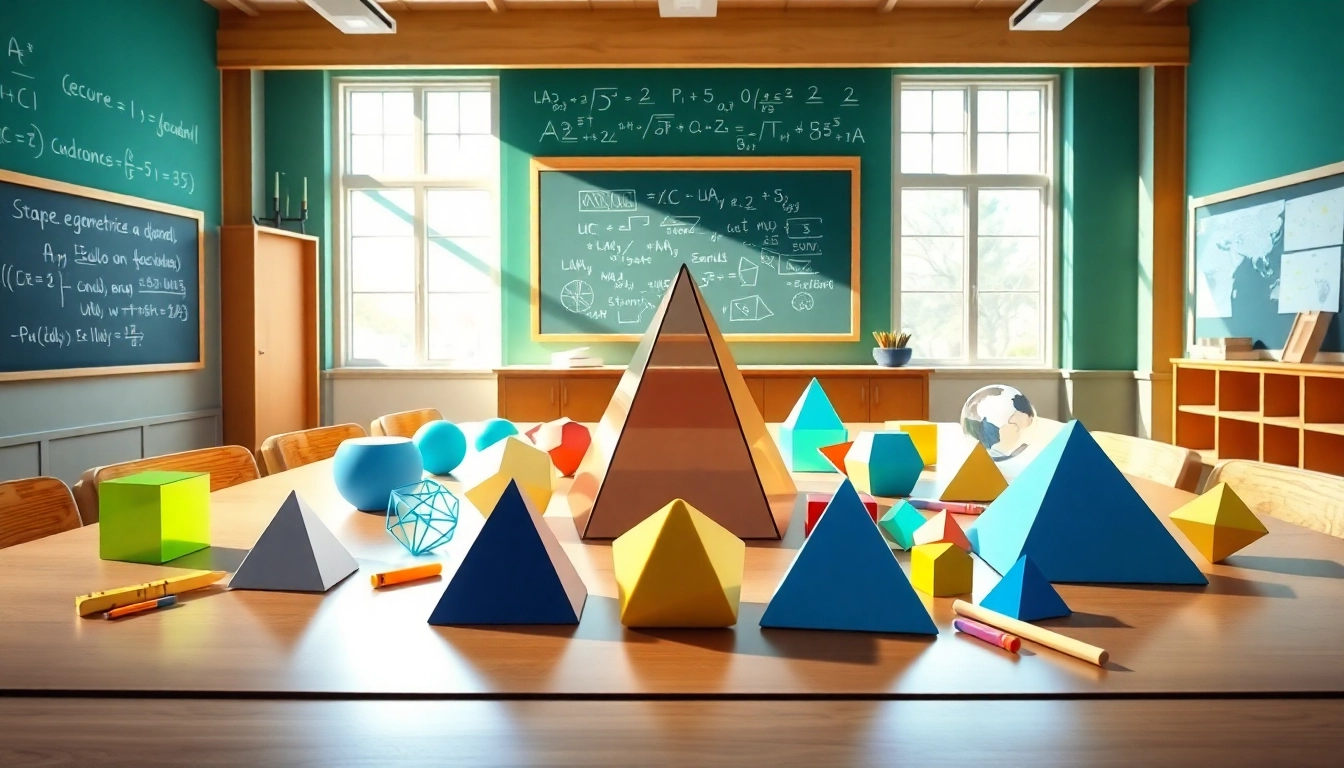What is X-Section?
Definition and Basic Concepts
The term x-section refers to a cross-section, a vital tool in various fields such as geometry, engineering, architecture, and the sciences. It describes a specific feature of an object that shows what it would look like if cut through, allowing a view into its internal structure. An x-section often helps visualize the relationships of various components within an object and provides insight into their spatial arrangement. For example, when referring to solid shapes, the x-section can illustrate how two-dimensional planes intersect with three-dimensional forms, aiding comprehension and analysis.
Mathematically, an x-section is a geometric figure generated as the result of slicing a three-dimensional object with a plane. Depending on the angle and location of the slice, the resulting figure can vary greatly—ranging from simple shapes like circles (from a cylinder) to more complex outlines when cutting through polyhedra. Given its importance, understanding x-section principles is crucial for students in fields related to physical sciences and mathematics.x-section is also a significant term in educational resources aimed at improving student comprehension of these concepts.
Importance in Geometry
X-sections serve a fundamental role in geometry, enabling students and professionals to bridge the gap between two-dimensional and three-dimensional thinking. They provide practical applications for theorems and postulates, delivering a clearer understanding of geometric principles such as volume, surface area, and spatial relationships.
One significant aspect of x-sections is their utility in visualizing complex structures. For instance, the x-section of a multi-layered object can reveal how different materials or components combine to create functionality—a critical consideration in design and engineering disciplines. Furthermore, the ability to create accurate x-sections is crucial for architects who rely on these representations to communicate detailed architectural plans and convey technical information clearly.
Applications in Real Life
The practical applications of x-sections are vast and varied, spanning multiple industries and fields. In the realm of architecture, for example, x-sections are utilized to illustrate how a building will appear when dissected vertically or horizontally. Such diagrams help clients understand the design, while also serving as essential tools for builders and engineers during construction.
In the field of medicine, particularly in imaging techniques such as CT scans and MRIs, x-section principles allow professionals to view layers of tissue within the body. By understanding these images, medical practitioners can diagnose conditions and plan interventions meticulously.
Furthermore, in geology and environmental science, the concept of x-section aids in visualizing the layers beneath the earth’s surface. This is particularly useful in the study of stratigraphy, where scientists assess sediment layers to understand the geological history of a site.
How to Visualize X-Sections Effectively
Techniques for Drawing X-Sections
Creating precise x-sections requires a solid understanding of both the object being analyzed and the spatial relationships involved. Here are some techniques to effectively draw x-sections:
- Start Simple: Begin with basic shapes like cubes, spheres, or cones. Understand how planes intersect these shapes before moving to more complex forms.
- Use Graph Paper: When drawing by hand, graph paper can provide a valuable grid that helps maintain proportions and scale, enhancing accuracy.
- Utilize Modeling Tools: Take advantage of physical models or software that allow for three-dimensional manipulations. These tools help visualize how cuts through objects change the views.
- Practice Visualization: Mentally rotate and slice objects in your mind to strengthen spatial reasoning. Techniques such as performing visualization exercises can enhance one’s ability to draw x-sections accurately.
Using Digital Tools for Visualization
In our digital age, there are numerous software options available to assist in visualizing and drawing x-sections. Programs aimed at design and engineering can generate x-sections of 3D models. Popular tools include:
- CAD Software: Computer-Aided Design applications enable architects and engineers to craft detailed x-sections while offering the ability to present complex designs effectively.
- 3D Modeling Tools: Programs such as SketchUp or Blender provide functionalities allowing users to manipulate virtual objects in a three-dimensional space, making it easier to imagine and create x-sections.
- Virtual and Augmented Reality: Emerging technologies help visualize x-sections in an immersive environment, offering users a comprehensive perspective of complex structures.
Creating Interactive Learning Experiences
To facilitate better understanding of x-sections, educational approaches should incorporate interactive experiences. Here are a few methods:
- Hands-On Activities: Engaging students through physical models that they can slice or disassemble helps reinforce theoretical knowledge through practical application.
- Digital Simulations: Use online platforms that offer interactive simulations for creating x-sections. These resources allow students to experiment and learn at their own pace.
- Collaborative Projects: Encourage teamwork by assigning projects that involve creating models or presentations on x-sectional analysis, fostering peer learning and critical thinking.
Common Challenges in Understanding X-Sections
Misconceptions About 3D Visualization
One of the primary hurdles in grasping x-sections is the commonly held misconception that understanding two-dimensional representations of three-dimensional objects is straightforward. Many learners struggle with spatial reasoning, which can lead to confusion in interpreting and creating accurate x-sections.
For instance, students may misinterpret an x-section as merely a geometric cut, ignoring the relationship it has with other dimensions and components. This misconception can compromise their ability to construct effective visualizations or render accurate models.
Strategies for Overcoming Learning Barriers
To address these challenges, educators and practitioners can adopt specific strategies to enhance comprehension and skill in x-section understanding:
- Progressive Complexity: Introduce x-sections through increasingly complex tasks that start with simpler shapes and gradually incorporate more complex structures.
- Use Analogies: Help learners relate x-section concepts to real-world objects such as fruits or layered cakes, which they can visually and physically intersect.
- Encourage Visualization Exercises: Engaging students in exercises that promote mental imagery—such as imagining slicing through a solid object—can bridge knowledge gaps.
Examples of Common Mistakes
Common mistakes in creating and interpreting x-sections often stem from a lack of understanding about the object’s orientation or the plane used for cutting. For instance:
- Incorrect Orientation: Not aligning the cutting plane correctly with the object can yield an inaccurate representation of the internal features.
- Inconsistent Scale: Failing to maintain consistent scale between the object and the x-section can misrepresent dimensions and lead to confusion.
- Overlooking Complexities: Omitting details, such as internal structures in a complex object, can result in oversimplification and misunderstanding.
Practical Applications of X-Section Knowledge
In Architecture and Engineering
Within architecture and engineering, the role of x-sections is paramount. They not only relay crucial technical information but also facilitate communication between design teams and stakeholders. By presenting clear representations of how structures interact with environmental factors, these tools assist in everything from conceptual drawings to construction planning.
Additionally, x-sections play a vital role in compliance with safety regulations. Architects and engineers must ensure that their designs adhere to industry standards, and x-sections provide a straightforward way to showcase compliance visually.
In Education and Curriculum Development
X-section knowledge integrates seamlessly into math and science curricula. By leveraging practical applications for teaching these concepts, educators can better engage students and enhance their understanding. This application includes:
- Geometry and Spatial Reasoning: Connecting x-section concepts with real-world scenarios, such as analyzing fruits or architectural models, can foster deeper learning experiences.
- STEM Programs: Integrating x-section techniques in STEM education promotes critical thinking and innovation, encouraging students to explore mathematical ideas through practical use.
Career Paths Involving X-Section Expertise
Understanding x-sections opens various career paths for individuals. Fields such as architecture, engineering, geology, and medical imaging significantly rely on this knowledge. Professionals in these disciplines utilize x-sections for analysis, planning, and innovation.
Furthermore, there is increasing demand for educators who can effectively teach spatial reasoning skills, making the ability to convey x-section concepts a valuable asset in educational settings.
Future Trends in X-Section Learning
Advancements in Educational Technology
The educational landscape continues to evolve with advancements in technology, impacting how x-section concepts are taught. Virtual and augmented reality tools offer immersive and engaging methods for exploring spatial relationships and x-sections effectively.
Furthermore, interactive digital resources are becoming increasingly prevalent, supplying students with immediate feedback and the ability to experiment independently. These tools can enhance learning by providing more intuitive avenues for understanding complex ideas.
Collaborative Learning Environments
Encouraging collaborative learning experiences, where students can work together to analyze and create x-sections, reflects a shift in teaching methodologies that enhance student engagement. Group projects and peer evaluations facilitate deeper discussions and exploration of concepts.
Emerging Research Opportunities
As educational methodologies advance, new research opportunities related to x-sections arise. This evolving field stands to benefit from studies that explore the application of new technologies in education and the effectiveness of various teaching strategies related to spatial reasoning.
Additionally, observing how x-sections can bridge the gap between traditional education and modern technological learning will help shape future curriculum development, making this a dynamic area of exploration.















Leave a Reply